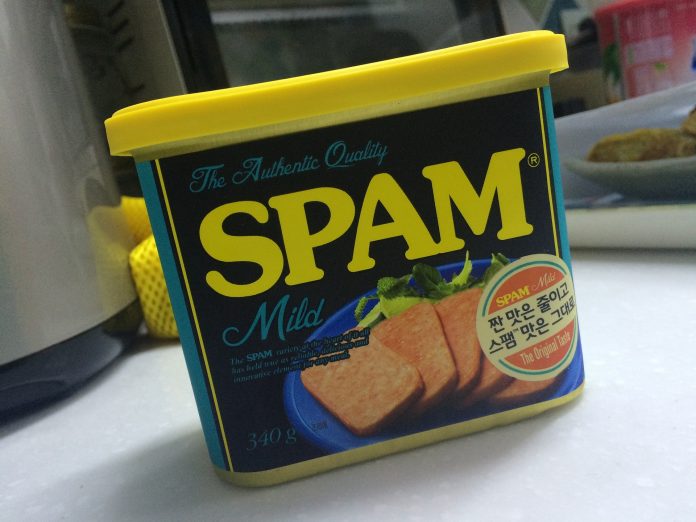Your email marketing campaigns might end up in the junk or spam folder for various reasons, which can be influenced by factors related to your email content, sending practices, and recipient behaviour. Here are some common reasons:
- Poor Content Quality:
- Using spammy language, excessive capitalisation, or misleading subject lines can trigger spam filters. Ensure your content is well-written and avoids common spam triggers.
- Using spammy language, excessive capitalisation, or misleading subject lines can trigger spam filters. Ensure your content is well-written and avoids common spam triggers.
- Overuse of Images:
- Emails with a high image-to-text ratio are often flagged as spam. Use a balanced mix of text and images in your emails.
- Emails with a high image-to-text ratio are often flagged as spam. Use a balanced mix of text and images in your emails.
- Misleading Subject Lines:
- Using subject lines that don’t accurately represent the content of the email can lead to spam reports.
- Using subject lines that don’t accurately represent the content of the email can lead to spam reports.
- No Opt-In or Consent:
- Sending emails to individuals who haven’t explicitly opted in to receive them can result in your emails being marked as spam.
- Sending emails to individuals who haven’t explicitly opted in to receive them can result in your emails being marked as spam.
- Not Including an Unsubscribe Option:
- Failing to provide a clear and functional unsubscribe link can lead recipients to mark your emails as spam.
- Failing to provide a clear and functional unsubscribe link can lead recipients to mark your emails as spam.
- Low Engagement:
- If a large portion of your recipients don’t open or engage with your emails, mailbox providers may route your emails to the spam folder. Maintain a clean and engaged subscriber list.
- If a large portion of your recipients don’t open or engage with your emails, mailbox providers may route your emails to the spam folder. Maintain a clean and engaged subscriber list.
- Blacklisted IP or Domain:
- If your email server’s IP address or domain is on a blacklist, your emails may be flagged as spam. Regularly monitor and maintain your sender reputation.
- If your email server’s IP address or domain is on a blacklist, your emails may be flagged as spam. Regularly monitor and maintain your sender reputation.
- Sending Too Many Emails:
- Sending a high volume of emails in a short time can trigger spam filters. Spread out your email campaigns.
- Sending a high volume of emails in a short time can trigger spam filters. Spread out your email campaigns.
- Incomplete Sender Information:
- Use a recognisable and valid “From” name and address. Incomplete or false sender information can be a red flag for spam filters.
- Use a recognisable and valid “From” name and address. Incomplete or false sender information can be a red flag for spam filters.
- Attachments and Executable Files:
- Attachments, especially executable files, are often flagged as suspicious. Avoid sending them in your emails.
- Attachments, especially executable files, are often flagged as suspicious. Avoid sending them in your emails.
- Poorly Coded HTML:
- Emails with messy or poorly formatted HTML code may trigger spam filters. Ensure your email code is clean and well-structured.
- Emails with messy or poorly formatted HTML code may trigger spam filters. Ensure your email code is clean and well-structured.
- Ignoring Privacy Regulations:
- Failing to comply with data protection regulations like GDPR can lead to legal and spam filter issues. Make sure your email practices adhere to relevant laws.
- Failing to comply with data protection regulations like GDPR can lead to legal and spam filter issues. Make sure your email practices adhere to relevant laws.
- Spam Reports:
- High spam complaint rates from your recipients can negatively impact your sender reputation. Promptly address spam reports and unsubscribe requests.
- High spam complaint rates from your recipients can negatively impact your sender reputation. Promptly address spam reports and unsubscribe requests.
- Use of URL Shorteners:
- Some URL shorteners are associated with spam. Use direct, trustworthy links in your emails.
- Some URL shorteners are associated with spam. Use direct, trustworthy links in your emails.
- Sending from a Free Email Service:
- Sending marketing emails from a free email service (e.g. Gmail, Yahoo) can be seen as unprofessional and raise spam suspicions.
- Sending marketing emails from a free email service (e.g. Gmail, Yahoo) can be seen as unprofessional and raise spam suspicions.
- Lack of Authentication:
- Proper email authentication (SPF, DKIM, DMARC) helps prevent email spoofing and ensures your emails are trusted by mailbox providers.
To improve email deliverability and avoid landing in the junk folder, maintain best practices in your email marketing, regularly clean your email list, and adhere to legal and ethical standards while focusing on providing value to your recipients.


